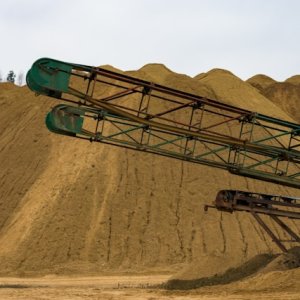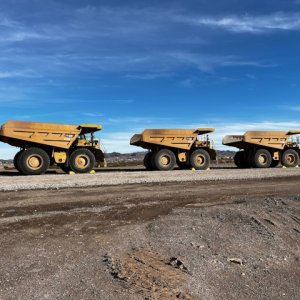Green is the New Red: Copper’s Evolution

STORY INLINE POST
Everyday, we see it in marketing campaigns, hear about it around the water cooler and, most importantly, see it in evolving government policy. We are experiencing a sea-change in society as we plan to decarbonize our way of life. At the leading edge is the transformation from internal combustion engines to electric vehicles. We are also adopting greener buildings for our personal and professional use, with efficiency and greater automation. Power generation is evolving to reduce emissions and we have even changed the materials we use in our everyday lives to reduce bacterial exposure. At the same time, we increasingly demand clearer and more sophisticated communications and electronics. This is all done to satisfy our increasing demand to plan our reduced long-term impact on the planet we depend on. At the center of this green transformation is a simple red metal: copper.
Copper is highly conductive for both electricity and heat but with a low coefficient for expansion. It is highly malleable and resistant to corrosion and cracking. And recently there has been increasing research to show that it has amazing antimicrobial qualities, making it the ideal material for use in high-touch surfaces. Copper is a soft metal but when alloyed with tin, zinc or nickel it adopts amazing qualities of hardness, increased corrosion resistance and toughness.
OK, so copper is wonderful stuff. Let’s open the vaults and just start hauling it out to satisfy the increasing demand. That’s where we run into a problem. All of the low-hanging fruit has been plucked. The giant, high-grade copper deposits exposed on surface have been found, are already being mined and, in some cases, have already been depleted. We now need to drill deep below the surface to find new deposits. Or we can look for lower grade deposits that were left behind in mankind’s first-pass exploration of the Earth. All of this in the face of increasing regulatory burden and increasing taxation. It’s getting harder and harder to put a copper mine into production so the copper shortages are not easily supplied. Mining companies need to attract geologists with a high level of skill and experience to find new copper resources and they need to do so in jurisdictions where the odds are better to permit and operate mines safely and profitably.
The market for copper is now well in excess of 20 million tons annually and the overall trend is toward an annual increase in consumption. On the supply side, industry is struggling to replace the depleting mines as newly discovered deposits tend to be smaller, lower-grade and more difficult to get to (deeper). Companies with the vision to do so are doubling down on efforts to find additional copper resources in places where they have a high probability of being able to develop a mine. A tall order for the industry for sure but they seem determined and well suited to the task of finding additional copper — the green metal.
























